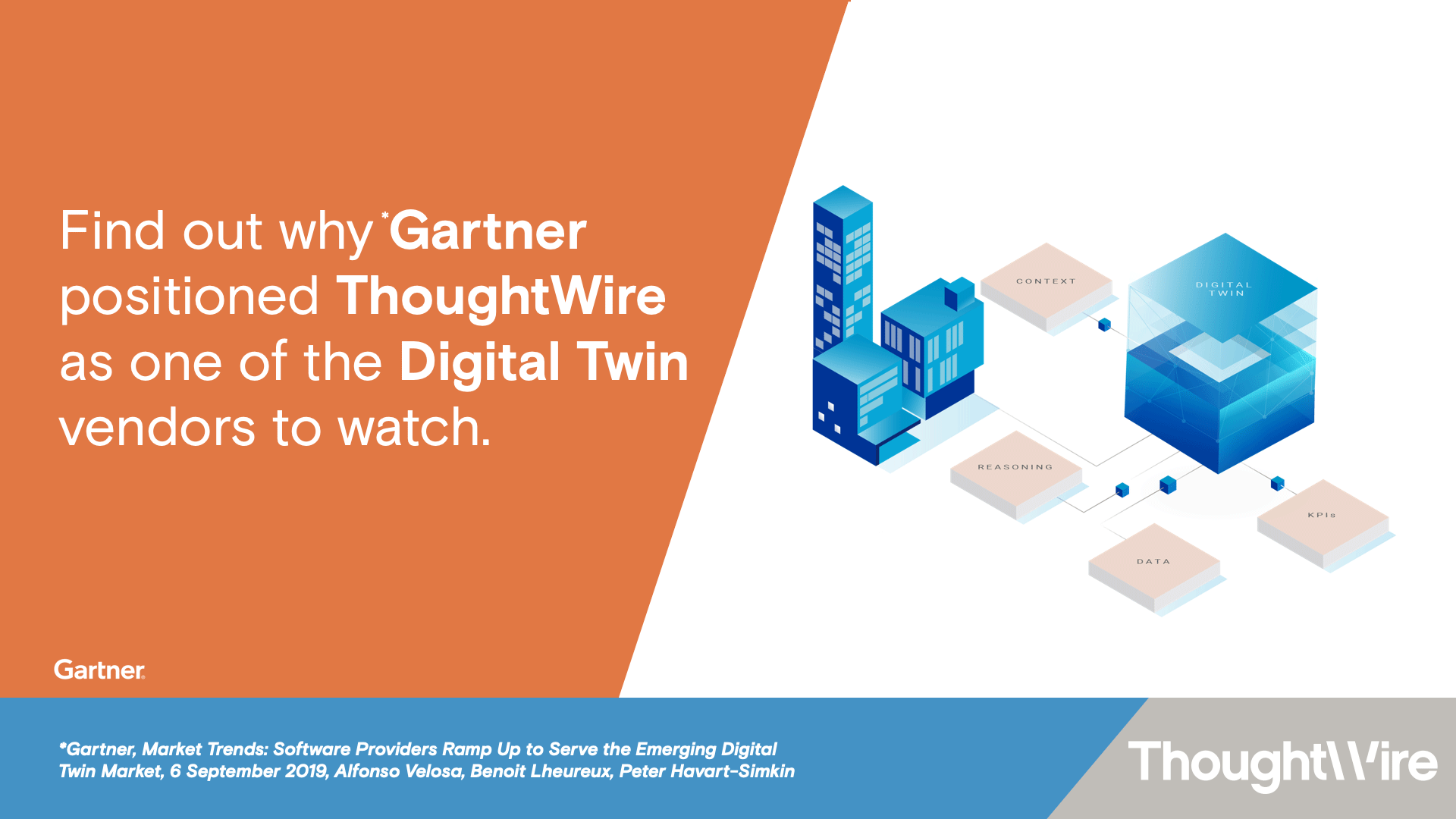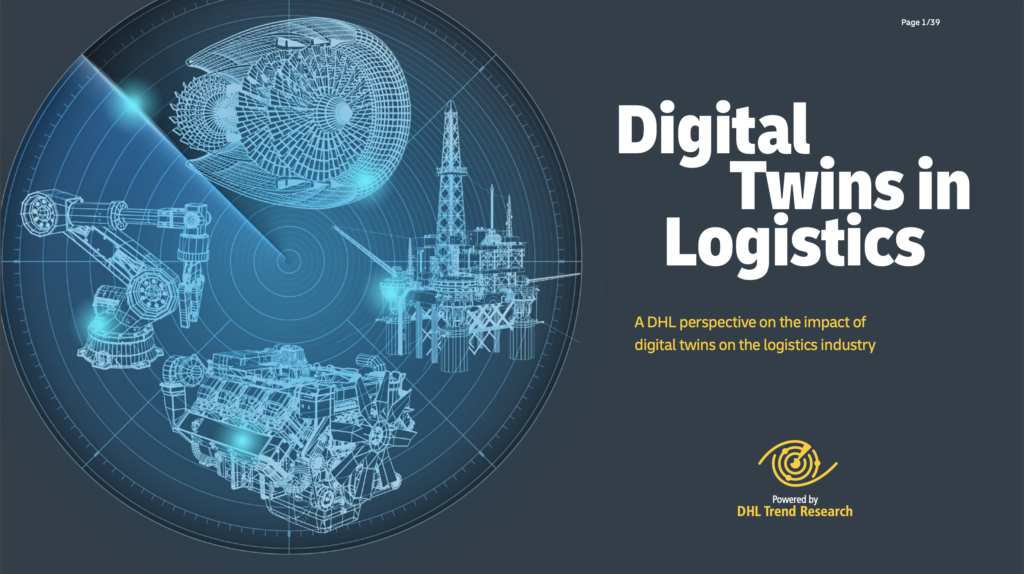
As early as the second half of that year, Verizon and Samsung introduced 5G to a few cities in the US. In 2018, after almost a decade of development, this new connection had been implemented in select cities. With this, incorporating the Internet of Things (IoT) and cloud-based systems into your workflow will become simpler and more affordable. 5G also offers low latency, facilitates dense deployments, and improves cellular technology in general. It’s a technology that will allow other technologies to thrive. However, there’s more to 5G than faster download, upload, and streaming speed. Case in point, LTE connectivity usually peaks at 300 mbps while 5G plays at around 2gbps. It offers an exponential increase in speed, faster than the previous-gen could ever hope to achieve. The fifth-generation or 5G network is expected to either replace or expand the 4G LTE connection still around today to increase mobile connectivity. That’s because two of the biggest digital transformation trends for 2020 will be taking the spotlight-5G and Wi-Fi 6.

Next year, however, we can expect these problems to be resolved. In a similar light, wearable tech and smart cities cannot be implemented fully due to connectivity issues.


Thus, they require faster connections than what’s currently available. They also have to receive and relay tons of information all at once. Autonomous vehicles, for instance, need to communicate with other vehicles on the road constantly. There’s a lot of technologies today that cannot be utilized to their fullest due to limited connectivity. Shifting early to digital payments, they were best able to ride the harsh economic implications of the pandemic as the chart shows:

Meanwhile, businesses that have seen the virtue of cashless transactions, especially via handy mobile phones, are not only able to withstand the pandemic but also thrive in it. Where contactless and social distancing is the rule, businesses that have committed to digital transformation early on find themselves in a better position to weather the economic storm.įor one, companies that have already arranged for a segment of their workforce to work remotely pre-pandemic do not have to sweat it out as much as the non-adopters or late adopters who had to rush remote work setups often in exchange for costly mistakes. The pandemic, along with the mandated lockdowns, social distancing, and quarantines that came with it, is doing a good job selecting which businesses are to survive and not. The Pandemic Hastens the Shift to Digital Economy With the importance of digital transformation established, let’s take a look into some of the latest trends floating around.


 0 kommentar(er)
0 kommentar(er)
